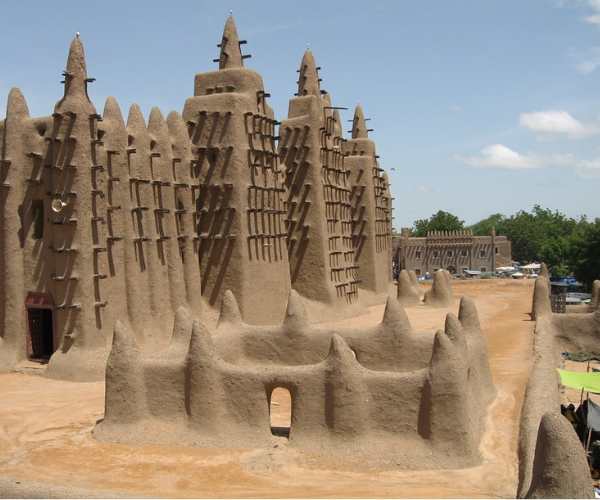From the Taj Mahal to the Great Wall of China, millions of people travel the globe every year to visit some of the oldest historical sites in the world. Even if you’re not exactly a history buff, their incredible architectural feats, cultural significance, and breathtaking surroundings are sure to win you over!
In a previous article, we looked at 10 must-see historical sites around the world. It’s definitely worth giving a read if you haven’t already.
But this time around, we’re looking at 10 more must-see historical sites that aren’t as spoken about. So to give them some well-deserved recognition, and take you on a little journey of some amazing places with incredibly rich histories… we have 10 must-see historical sites that are less well-known.
Let’s dive in!
1. Imperial Palace – Kamigyo Ward, Japan
Not to be confused with the Imperial Palace in Tokyo, the Imperial Palace in Kyoto is just as magnificent and definitely worth a visit. Once the residence of the imperial family, the Imperial Palace showcases classic Japanese architecture, meticulously kept gardens, and serene courtyards.
The current palace was rebuilt in 1855 following a fire, and was originally only accessible by booking a guided tour long in advance. Nowadays, however, anybody can enter the palace at any time for a small fee. Totally worth it!
2. Chichen Itza – Yucatán, Mexico
This next one is a A UNESCO World Heritage Site… Chichen Itza is famous for being home to the iconic Kukulkan Pyramid – also known as El Castillo – a step pyramid with precise astronomical alignments. If the fact that a shadow serpent appears only during equinoxes wasn’t enough, there’s also the Great Ball Court, the Temple of Warriors, and the Observatory.
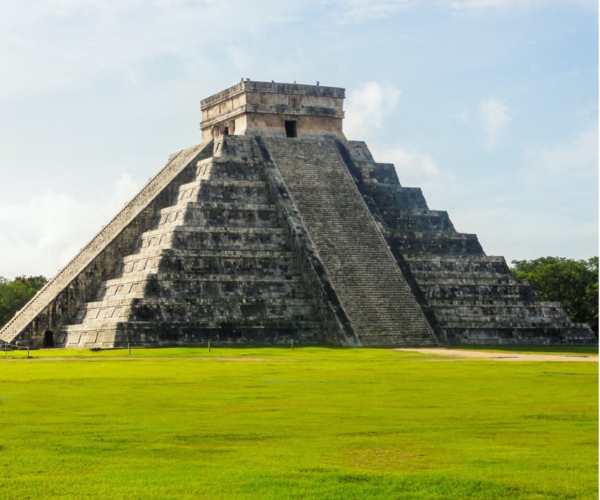
With all of that, it’s no surprise that it’s one of the New Seven Wonders of the World.
3. Versailles Palace – Versailles, France
The Versailles Palace, is an iconic masterpiece of French architecture and history that was built during the 17th century. It was the home of the French monarchy, and symbolised the extravagance the monarchy enjoyed at that time. Must be nice. The palace is world famous for its Baroque architecture, intricate interior designs, and expensive landscaped gardens.
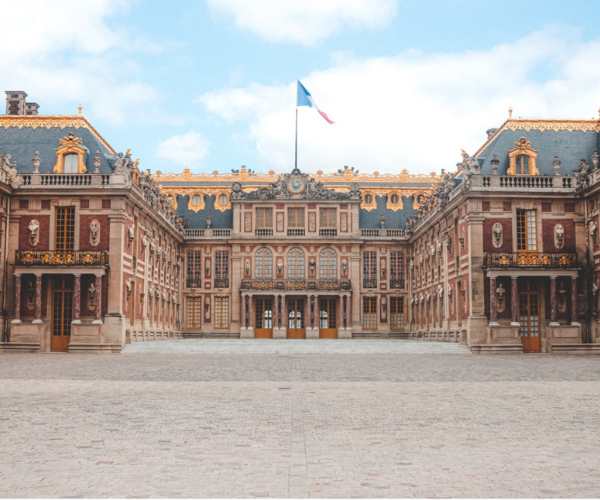
Today, the Versailles Palace remains a symbol of French cultural heritage and attracts visitors from around the world every year.
4. Lalibela – Amhara Region, Ethiopia
Lalibela is a UNESCO World Heritage site in northern Ethiopia.
The attraction is its rock-hewn churches, carved directly into the solid rock of the ground, which creates a stunning, one-of-a-kind architecture. Lalibela’s churches are split into two main groups, which represent earthly and heavenly Jerusalem, and it’s often referred to as “New Jerusalem” because of its religious significance for Ethiopian Orthodox Christians.
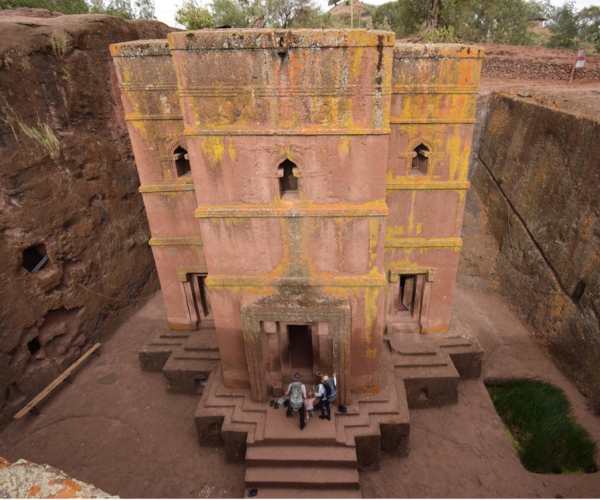
Pilgrims and tourists alike visit Lalibela to observe the ancient churches (some connected by tunnels and passageways) that contain intricate carvings, huge pillars, and distinctive architectural heritage.
The churches are still actively used for festivals, worship, and religious events.
5. Skara Brae – Orkney Islands, Scotland
Fans of human history will love the village of Skara Brae. It’s a UNESCO World Heritage site, and is considered one of the best-preserved Neolithic settlements in Europe. The village is made up of a series of interconnected stone houses and passages, all constructed with locally sourced materials, dating back over 5,000 years.
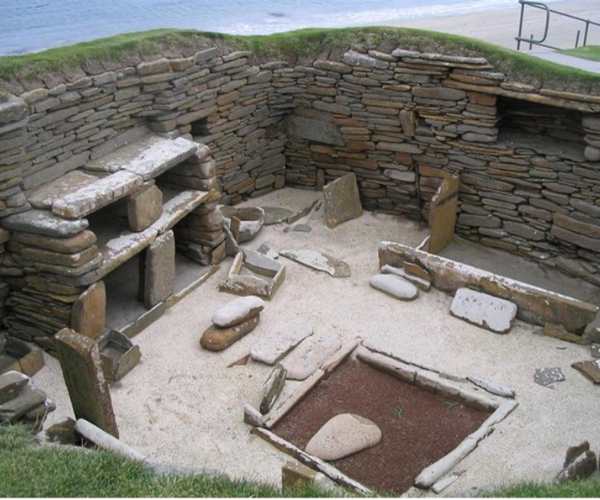
Skara Brae’s ability to transport visitors back in time to get a peek into the lives of its Neolithic residents, has made it a go-to for history enthusiasts, and anybody with an interest in humankind’s evolution.
IMPORTANT NOTICE:
If you are reading this article anywhere other than on A Luxury Travel Blog, then the chances are that this content has been stolen without permission.
Please make a note of the web address above and contact A Luxury Travel Blog to advise them of this issue.
Thank you for your help in combatting content theft.
6. Great Mosque of Djenné – Djenné, Mali
The Great Mosque of Djenné is an architectural treasure, and is a testament to Islamic heritage. At 52 feet high, it’s the largest mud-brick building in the world, and once presided over one of the most Islamic learning centers in Africa throughout the Middle Ages.
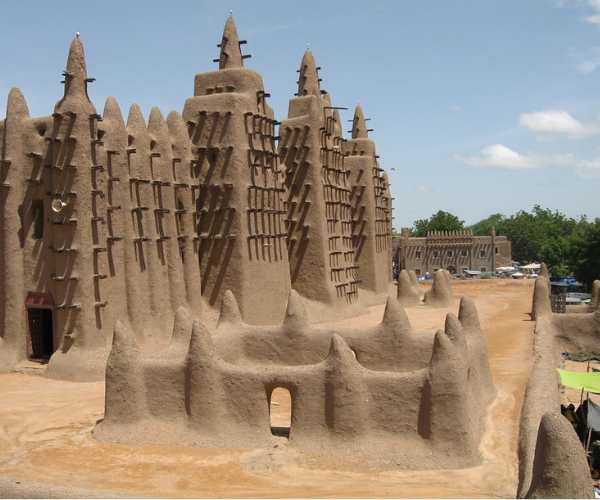
To give you an idea of the historical significance – it’s got an annual maintenance ritual known as “Crepissage”, which involves reapplying layers of mud plaster to preserve the integrity of this UNESCO World Heritage site.
7. Derinkuyu Underground City – Cappadocia, Turkey
In 1963, an anonymous Turkish man took a sledgehammer to his basement wall to make more space – and got much more than he’d hoped for. He’d discovered Derinkuyu’s Underground City. This subterranean city is up to 76 metres deep, and large enough to house 20,000 people. The city’s engineering marvels extend beyond the underground design, including rolling stone doors, carved passages, and even wells that provide essential resources.
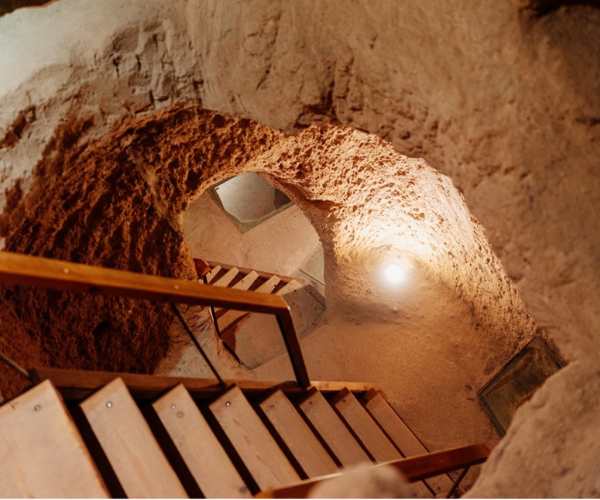
While it’s not inhabited today, visitors can still visit Derinkuyu Underground City and explore this testament to a civilisation that existed below the earth.
8. Lumbin? – Lumbini Province, Nepal
Lumbin? holds incredible spiritual significance as the home of Siddartha Gautama – commonly known as Gautama Buddha. Buddhists and visitors from around the world take the sacred pilgrimage to this site to experience the origins of Buddhism.
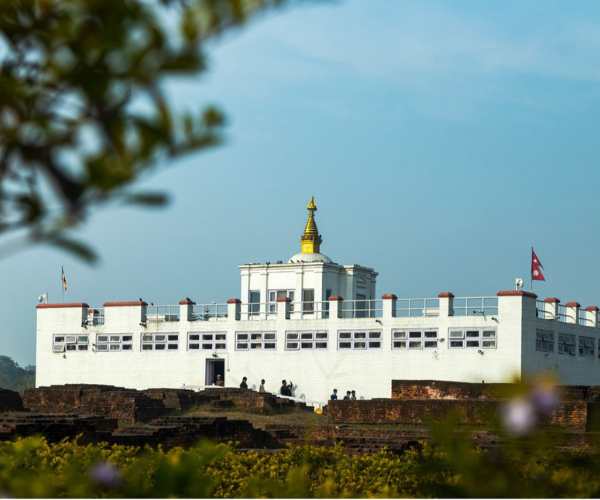
Lumbin? can be identified by the chanting and meditation performed from early morning to early evening, and is the perfect location for anybody looking to connect with their higher self.
9. Lamu Old Town – Lamu Island, Kenya
Filled with narrow, winding streets lined with intricately carved wooden doors, coral stone buildings, and bustling market places, Lamu Old Town is one of the oldest and best-preserved Swahili settlements in East Africa. It showcases the best in Swahili culture, history, and architecture, while still highlighting the cultural vibrance of its Arab, Indian, and European influences.
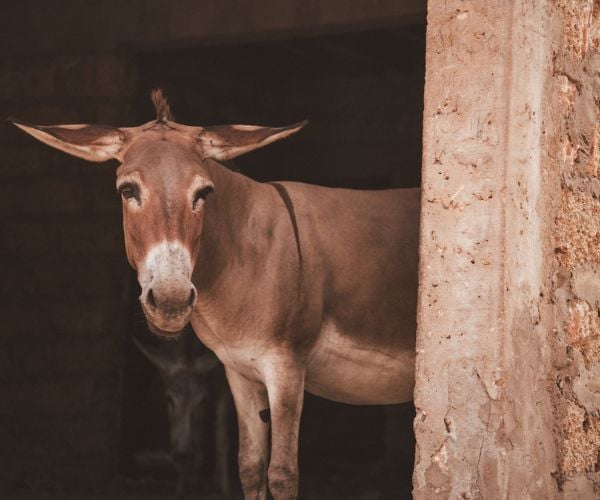
Visitors can explore historical sites, museums, and see local traditions, all while enjoying a scenic coastal backdrop.
10. Ravenna Mosaics – Ravenna, Italy
Characterised by vibrant colours, attention to detail, and complex designs, the Ravenna Mosaics stand out as a truly unique scene. These mosaics can be seen across various churches, chapels, and monuments in Ravenna, and highlight the city’s historical and artistic abilities. Dating back to the late Roman / early Byzantine periods, the Ravenna mosaics are a World Heritage site, and a captivating journey into the creativity that flourished in this city over a millennium ago.
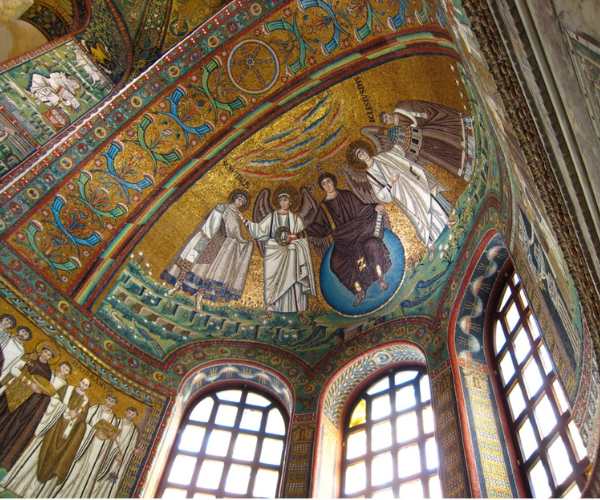
Have you been to any of these sites? Let me know what your experience was like!
Efrat Sagi-Ofir is CRO & Founder of Air Doctor. Air Doctor is a startup that connects travelers to a global network of 20,000 local medical doctors through an easy-to-use app, to receive appropriate medical care from anywhere in the world.
If you would like to be a guest blogger on A Luxury Travel Blog in order to raise your profile, please contact us.
